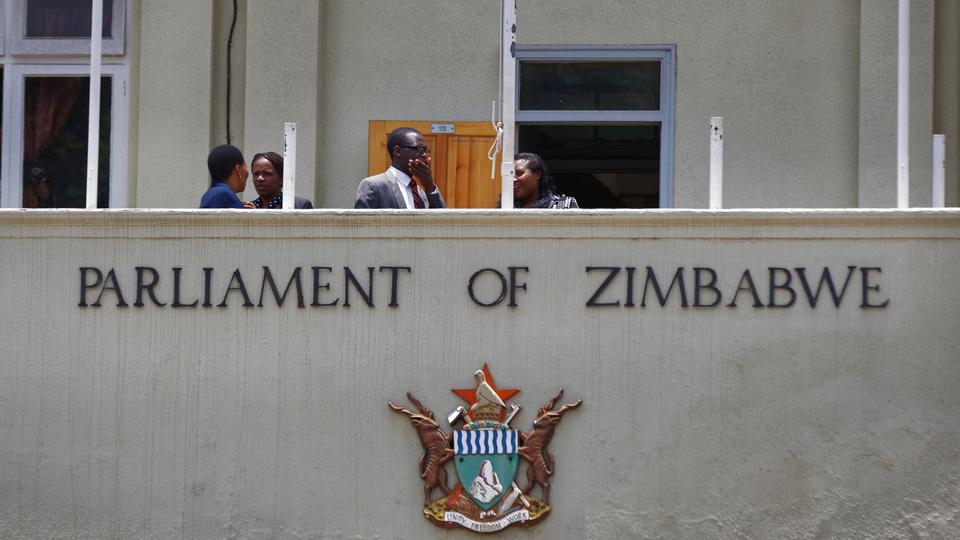
ZIMBABWE recorded a $44,4 million trade deficit against its major trading partner, South Africa, after exporting goods worth $216,9 million to the neighbouring country in the month of February 2018, official figures have shown.
BY MTHANDAZO NYONI
Latest data from the Zimbabwe National Statistics Agency (Zimstat) shows that Zimbabwe exported goods worth $216,9 million to South Africa in February this year against imports of $261,2 million, giving a trade deficit of $44,4m.
During the same period in 2017, Zimbabwe recorded trade deficit of $14,2 million, with imports at $171,2m against exports of $185,4m.
South Africa is Zimbabwe’s largest trading partner.
In the period under review, the country’s exports included scrap metal, agricultural produce, beef, minerals as well as wines.
Zimbabwe’s imports from South Africa included vehicles, fish, sausage casings, biscuits, electrical energy, chemicals, disposable napkins, incontinence pads, and wooden furniture, among others.
Other notable trading partners in the period under review for Zimbabwe included Singapore, China, Japan, Mozambique, India, United Arab Emirates, Zambia and Mauritius. Figures for December 2017 and January 2018 were not provided with Zimstat saying the Zimbabwe Revenue Authority, which is the source of merchandise trade data, failed to provide it.
- Chamisa under fire over US$120K donation
- Mavhunga puts DeMbare into Chibuku quarterfinals
- Pension funds bet on Cabora Bassa oilfields
- Councils defy govt fire tender directive
Keep Reading
But between January and November 2017, Zimbabwe’s imports totalled $4,93bn against $3,48bn, reflecting a trade deficit of $1,46bn.
Most of the imports in the 11 months of 2017 were consumptive products such as maize, fuel, rice, bottled water, sugar, soap, mobile phone handsets, electronics, vehicle spares, vehicles, generators and second-hand vehicles.
Presenting his 2018 national budget, Finance minister Patrick Chinamasa said notwithstanding signs of improvement in exports, the overall balance of payments situation remained under pressure, with foreign exchange availability to support domestic production constrained.
He said the economy’s import bill was still relatively high, with imports estimated to rise to $6,8 billion in 2017, from $6,4 billion in 2016.
“This is despite a sharp drop in food imports. Growth in imports is driven by increased demand for raw materials and equipment for the productive sectors of the economy, consistent with the pick-up in economic activity in 2017,” Chinamasa said.
“Such high levels of import dependency, relative to estimated exports of $4,6 billion for the year, imply continued foreign exchange imbalances, though trade statistics indicate narrowing of the trade balance.”











